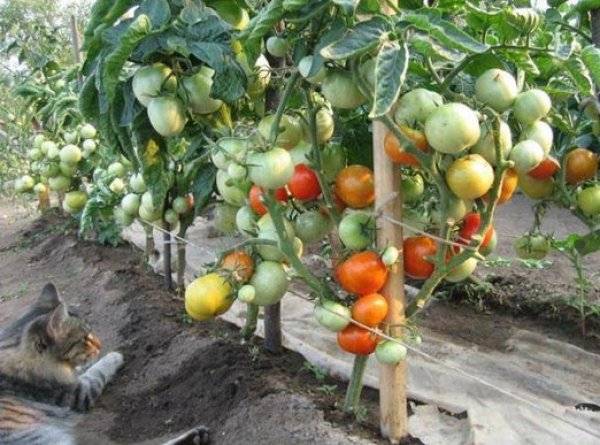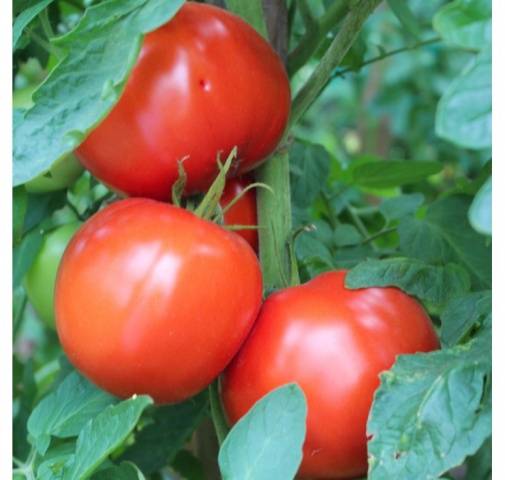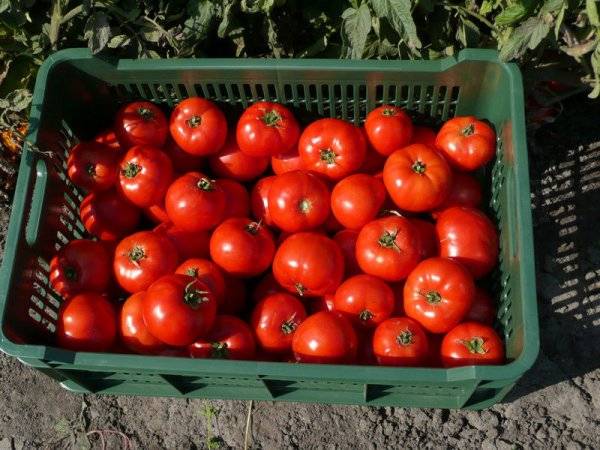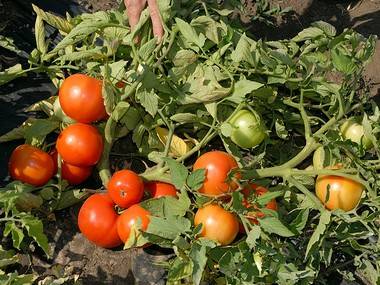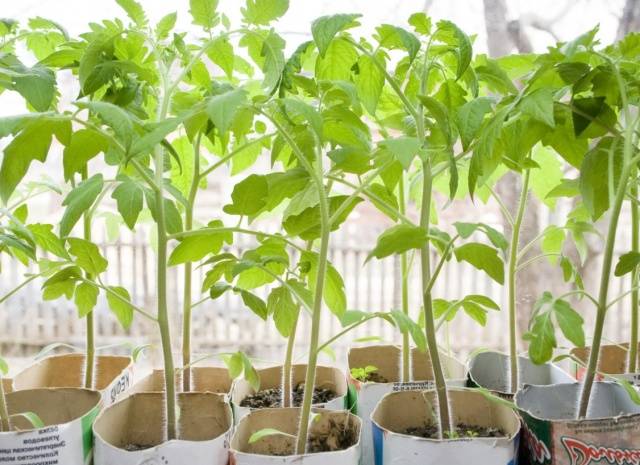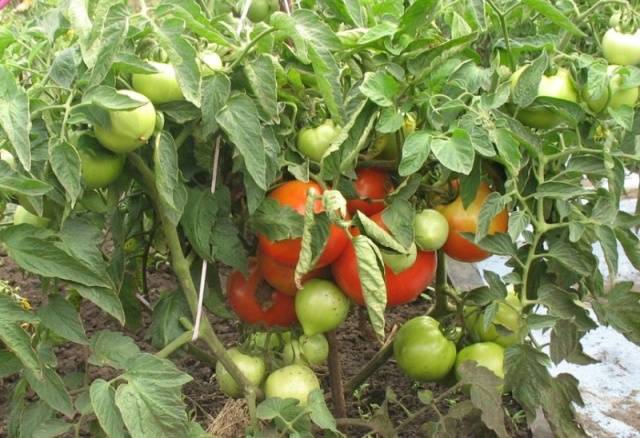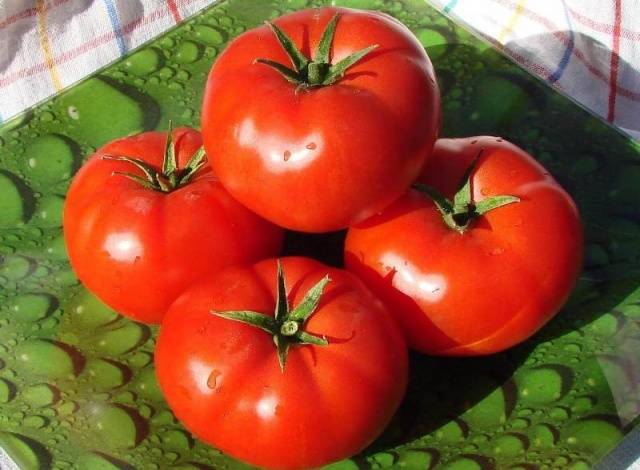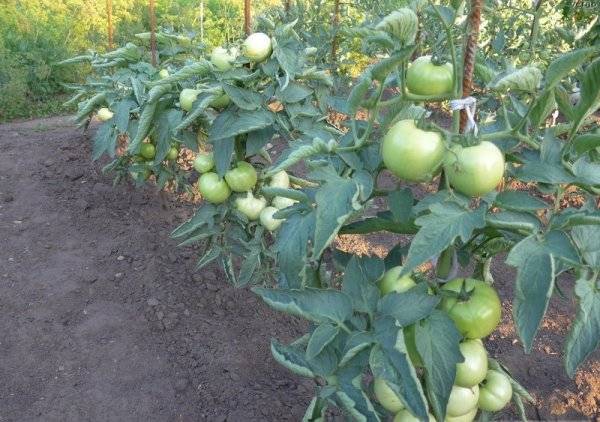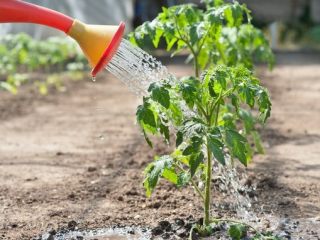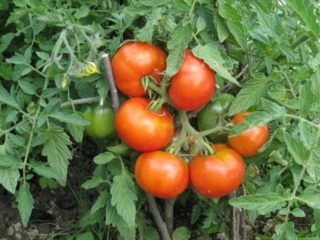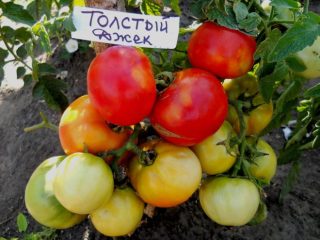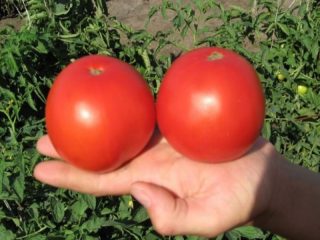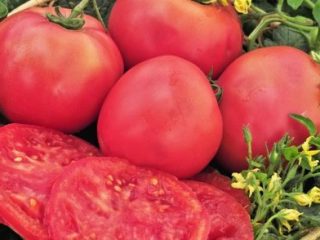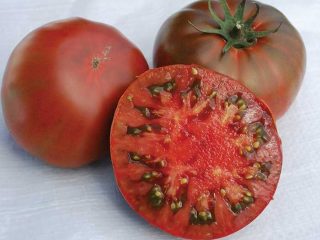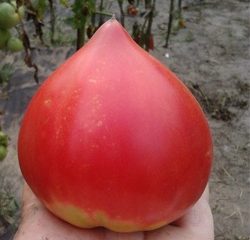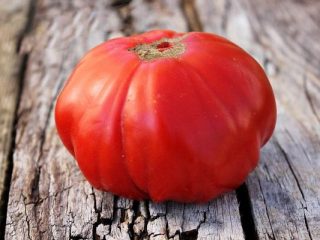Content
Any vegetable grower who grows tomatoes wants to find that treasured variety that will combine all the best qualities. Firstly, bets are placed on the yield and taste of the fruit. Secondly, the crop must be resistant to disease, bad weather and require a minimum of care. Many gardeners are confident that all these qualities cannot be combined in one variety. In fact, they are mistaken. A striking example is the Bobcat tomato, which we will now get acquainted with.
Characteristics of the variety
Let’s begin by considering the characteristics and description of the Bobcat tomato variety by determining the place of origin of the crop. The hybrid was bred by Dutch breeders. Registration of tomato in Russia dates back to 2008. Since then, the Bobcat F1 tomato has gained popular popularity among vegetable growers. The hybrid is in great demand among farmers who grow vegetables for sale.
As for the direct characteristics of the Bobcat tomato, the crop belongs to the determinant group. The bush grows from 1 to 1.2 m in height. Tomatoes are intended for open as well as closed ground. In terms of ripening, Bobcat is considered late ripening. The first tomato harvest is harvested no earlier than 120 days later.
Reviews about the Bobcat tomato, even from lazy vegetable growers, are always filled with positive things. The hybrid is resistant to almost all common diseases. The crop yield is high. A lazy vegetable grower can create conditions for tomatoes in which from 1 m2 You can collect up to 8 kg of fruit. Without much effort, productivity on a plot of 1 m22 ranges from 4 to 6 kg of tomatoes.
Description of fruits
In many reviews, the description of the Bobcat F1 tomato begins with the fruit. This is correct, because any vegetable grower grows crops for the end result - to get delicious tomatoes.
The fruits of the Bobcat hybrid can be characterized as follows:
- When ripe, a tomato acquires a uniform bright red color. There is no green spot around the stalk.
- The shape of the fruits of the Bobcat hybrid is round, slightly flattened. There is weak ribbing on the walls. The skin is glossy, thin, but durable.
- Under good tomato growing conditions, the size of the fruit obtained in the second, as well as all subsequent batches of the harvest, is stably maintained.
- The fleshy pulp is characterized by good taste. Dry matter content – no more than 6.6%. Inside the fruit there are 4 to 6 seed chambers.
Picked Bobcat fruits can be stored for up to one month. Tomatoes are transported well. In addition to canning, tomatoes are processed. The fruits make thick puree, paste and delicious juice. Thanks to the perfect balance of sugar and acid, Bobcat is also delicious in fresh salads.
The video talks about the seeds of the Bobcat hybrid:
Positive and negative traits of the variety
To summarize the characteristics of Bobcat tomatoes, let's look at the pros and cons of this hybrid. Let's start with the positive qualities:
- the hybrid is weakly affected by pests and is also resistant to diseases;
- The bobcat tolerates droughts and waterlogged soil, but it is better not to subject the tomato to such tests;
- the crop will bear fruit in any case, even if the tomato care was poor;
- excellent taste of fruits;
- tomatoes are versatile in use.
The Bobcat hybrid has practically no negative qualities, except for its late ripening period. In cold regions, it will have to be grown in a greenhouse or completely abandoned in favor of other early varieties of tomatoes.
Growing and caring for a hybrid
Since Bobcat tomatoes are late ripening, they are best grown in warm regions. For example, in the Krasnodar Territory or the North Caucasus, tomatoes are grown in the open air. For the middle zone, a hybrid is also suitable, but you will have to use a greenhouse or greenhouse. Vegetable growers in the northern regions should not mess with late-ripening tomatoes. The fruits will fall off with the onset of frost before they have time to ripen.
Sowing of tomatoes begins in March. The bobcat is a hybrid. This suggests that its seeds only need to be purchased. They come in the package pickled and completely ready for sowing. The vegetable grower only needs to immerse them in the ground.
It is better to buy soil mixture for seedlings in the store. If you want to tinker on your own, then you can collect soil from the garden. The soil is calcined in the oven, disinfected with a manganese solution, and after drying in the fresh air, it is mixed with humus.
The prepared soil for tomatoes is poured into containers. Tomato seeds are sowed to a depth of 1 cm. The grooves can simply be made with your finger. The grains are placed every 2–3 cm. The same distance is maintained between the grooves. The spread out tomato seeds are sprinkled with soil on top, moistened with water from a spray bottle, after which the boxes are covered with film and placed in a warm place.
After successful shoots, the film must be removed. Grown tomatoes are picked into cups and fed with potassium fertilizer. Further care of tomato seedlings involves timely watering, plus the organization of lighting. Tomatoes will not have enough natural light, since the days are still short in spring. It can be extended only by organizing artificial lighting.
When warm days arrive in the spring, the tomato seedlings will already grow. To make the plants stronger, they are hardened off before planting. Tomatoes are taken outside, first into the shade. The time spent in the fresh air is increased throughout the week, starting from 1 hour and ending with the whole day. When the tomatoes are strong, they can be taken out into the sun.
The Bobcat hybrid is planted in a checkerboard pattern in holes or grooves. It is important to maintain a distance of at least 50 cm between plants so that they can develop. Before planting seedlings, prepare the soil. To disinfect the soil, use a solution prepared from 1 tbsp. l. copper sulfate and 10 liters of water. You cannot add a lot of fertilizing, otherwise the Bobcat will begin to fatten. It is enough to add humus and wood ash to the ground.
The next important step in growing a Bobcat hybrid is the formation of a bush. You can leave one stem.In this case, there will be fewer fruits, but the tomatoes will grow larger and ripen faster. Formation into two stems allows you to increase productivity. However, the fruits will be slightly smaller and ripen later.
To get a good harvest, you need to care for the Bobcat hybrid in compliance with the following rules:
- the bush will not support the weight of the fruit, so it needs to be tied to a trellis;
- all excess shoots are removed so that they do not oppress the plant;
- the abundance of foliage also depresses the crop and it is necessary to partially get rid of it, 4 pieces per week, so as not to cause stress in the tomato;
- the Bobcat hybrid loves rare, but abundant watering;
- moisture in the soil under the tomatoes is retained with a mound of straw or hay;
- When grown in greenhouses, Bobcat requires frequent ventilation.
Following these simple rules will help the vegetable grower get a large harvest of tasty tomatoes.
Secrets of vegetable growers for caring for tomatoes
In the process of getting to know the Bobcat tomato, photos, reviews and characteristics indicate that the hybrid allows even lazy vegetable growers to get a harvest. But why not put in a minimum of effort and collect twice as much fruit. Let's learn a few secrets from experienced vegetable growers:
- The Bobcat hybrid loves abundant watering and preservation of moisture in the soil. The fruits do not crack from water, and the plant is not affected by late blight. However, if the temperature outside is constantly above +24OC, tomato plantings are sprayed with Quadris for prevention. Ridomil Gold showed good results.
- A bobcat can do without fertilizing, but its presence will help significantly increase the yield of tomatoes.
If the hybrid is treated with due respect, the crop will reward you with a large number of tomatoes, which will be enough for its own consumption and sale.
Disease and pest control
For common diseases, the Bobcat is considered an invulnerable hybrid. However, prevention should not be neglected, especially since it will cost no special labor or financial investments. What a tomato needs is compliance with the watering and fertilizing regime, loosening the soil, and also providing the seedlings with high-quality lighting.
Insects are pests of tomatoes. The whitefly can cause harm to the Bobcat. The inexpensive drug Confidor is suitable for the fight. It is diluted in a proportion of 1 ml per 10 liters of water. This amount of solution is enough to treat tomato plantings with an area of 100 m2.
Reviews
Now let's read reviews about the Bobcat F1 tomato from vegetable growers involved in growing the hybrid.
